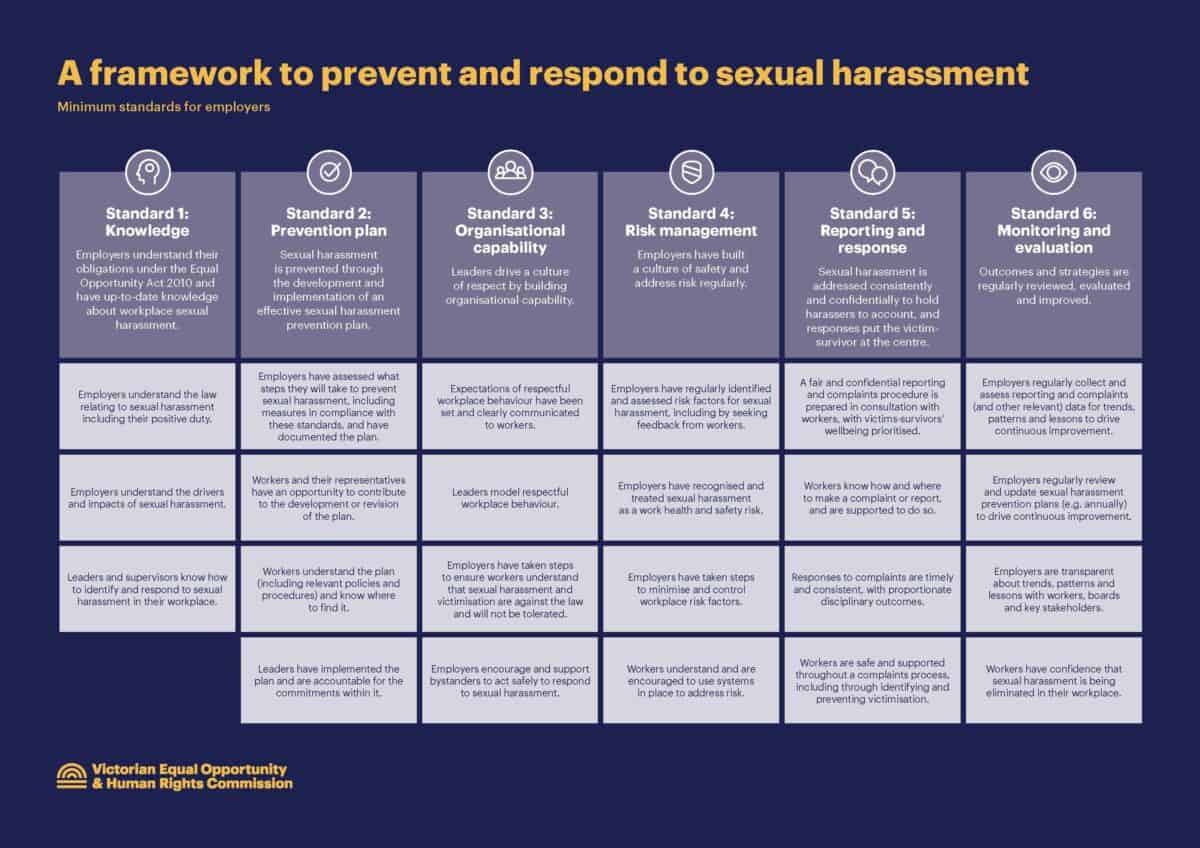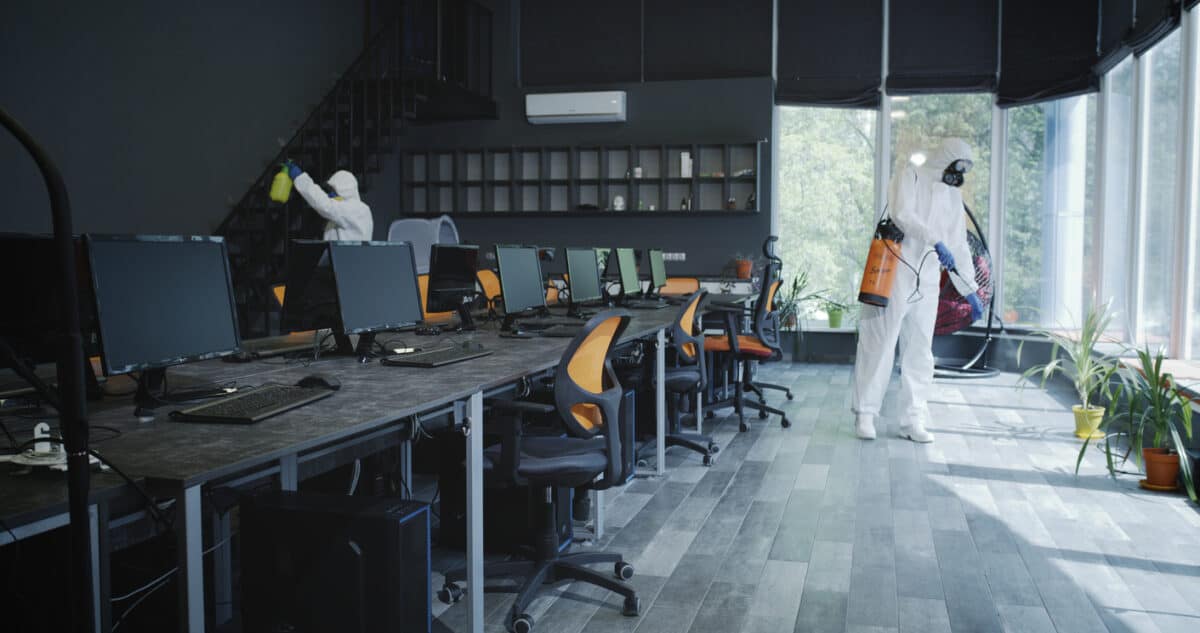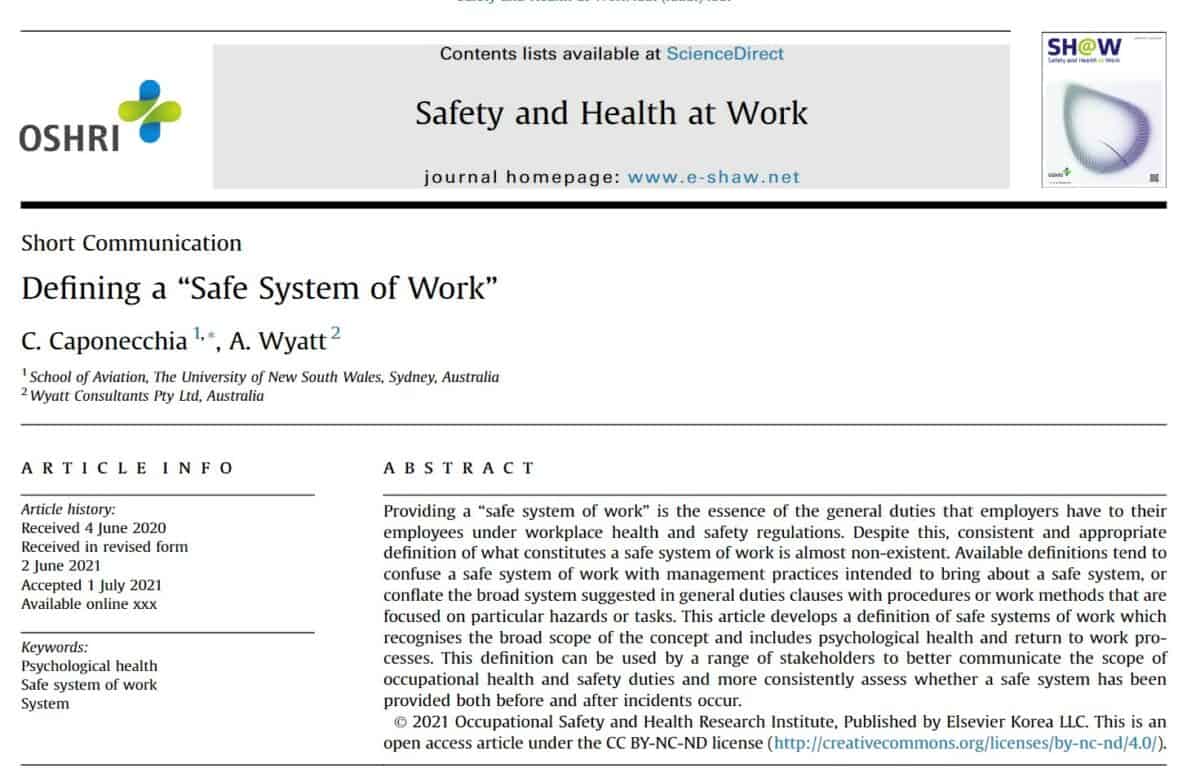The Australian government has failed to follow through on its early promises to provide a framework for employers to prevent and reduce sexual harassment in their workplaces. This failure is being interpreted as revealing something about employers’ attitudes to occupational health and safety (OHS) and their own legislative duties.
Employers (and other groups on non-OHS issues) who look to the government for guidance on issues that already have legislative requirements are looking to avoid the social and legal obligations that have usually existed for years. Sexual harassment is an excellent example of a workplace matter getting some serious attention regardless of the government’s inaction. A recent podcast by Maddocks lawyers Catherine Dunlop and Tamsin Webster is part of that attention.







